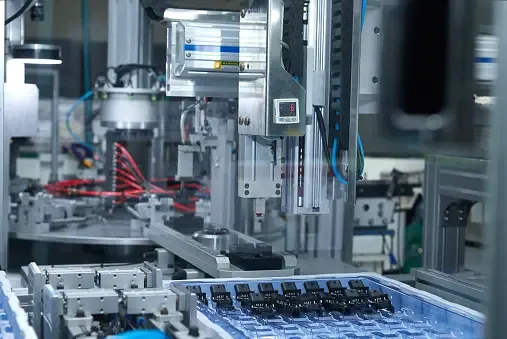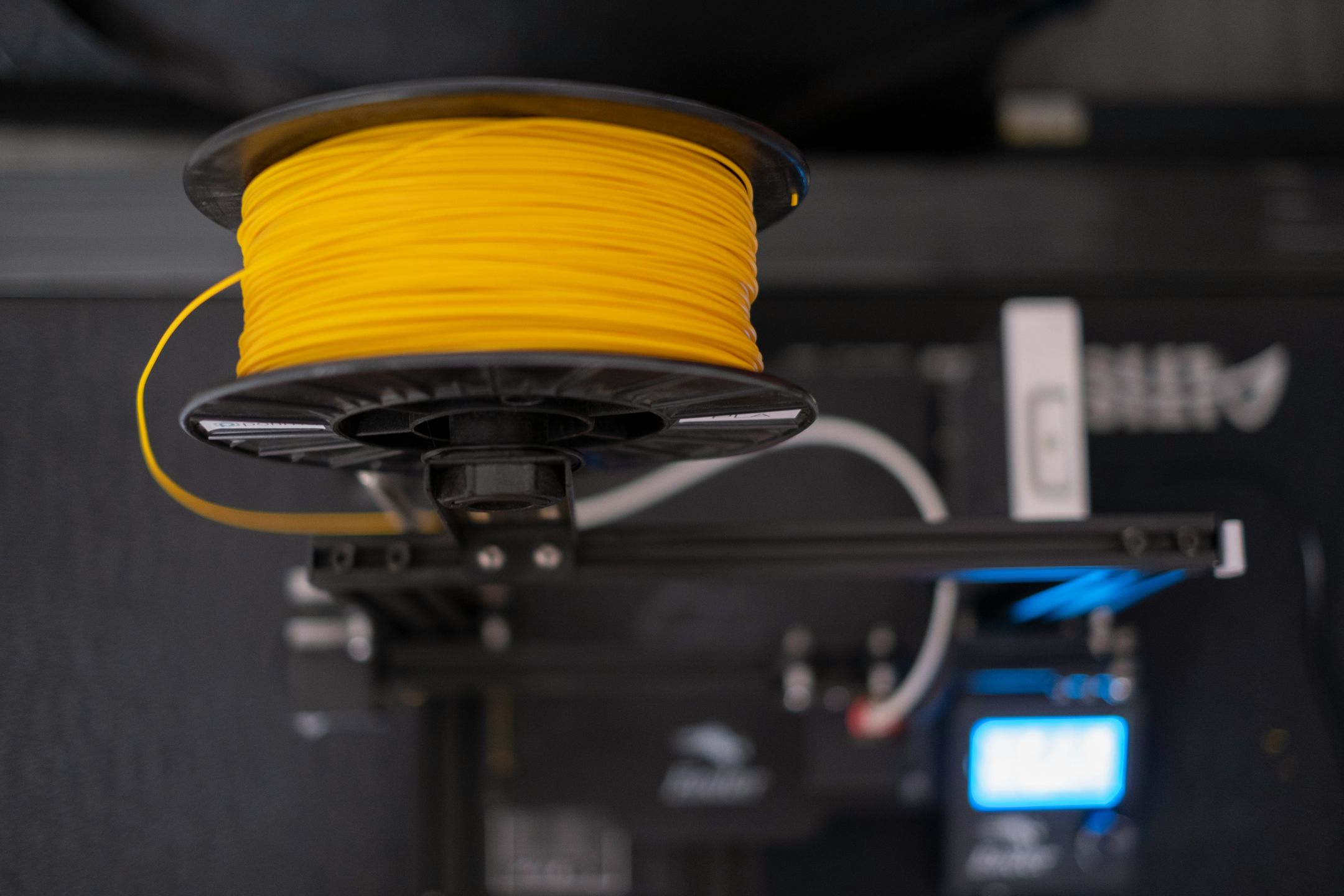Unlock your product's potential with our One-stop solutions!
+86-755-83222882

GET QUOTE
How to Make Stronger Injection Molding Parts?
Material Selection for Strength and Durability
Importance of Material Selection in Injection Molding
The choice of material significantly impacts the strength and durability of injection molded parts. Selecting the right material is a critical step in optimizing part performance and longevity.
Consideration of Thermoplastics like ABS, Polycarbonate, Nylon, and Acetal
Thermoplastics offer a wide range of properties suitable for injection molding applications. Materials such as ABS, Polycarbonate, Nylon, and Acetal are renowned for their strength, durability, and versatility, making them ideal candidates for producing robust parts.
Impact of Material Properties on Part Strength
Properties such as impact resistance, stiffness, and chemical resistance play a crucial role in determining the strength of injection molded parts. Understanding how material properties interact with the intended application is essential for achieving optimal part performance.
Design Principles for Enhanced Strength
Optimizing Wall Thickness for Structural Integrity
The thickness of walls in injection molded parts plays a pivotal role in their structural integrity. Balancing thickness according to the function of the part is essential. While some parts necessitate thin walls, opting for a thicker wall when feasible enhances durability.
Utilizing Right-Angled Wall Sections for Stiffness
Flat parts are prone to bending or warping easily. Incorporating right-angled wall sections adds stiffness to the part's exterior, reducing the risk of deformation during use and manufacturing.
Incorporating Ribs for Increased Structural Support
Ribs are effective in enhancing the stiffness of injection molded parts by providing additional structural support. These thin sections within the part add flexural strength without excessive material usage, optimizing both strength and cost-effectiveness.
Adding Radiuses to Corners and Edges for Stress Relief
Sharp corners concentrate stress, increasing the risk of breakage under load. By adding radiuses to corners and edges, stress is distributed across a wider area, improving the overall strength and durability of the part.
Techniques to Improve Manufacturing Process

Understanding Cooling Time and its Impact on Part Strength
Cooling time during the injection molding process significantly influences the strength of the final part. Longer cooling times allow for proper solidification, reducing the risk of defects such as warping and sinks.
Strategies to Minimize Warping and Sinks During Cooling
Proper design considerations, such as avoiding thick sections and incorporating features like ribs, help minimize warping and sinks during the cooling phase. Ensuring uniform cooling throughout the part is essential for maintaining structural integrity.
Consideration of Injection Pressure and Flow Dynamics
Optimizing injection pressure and flow dynamics ensures uniform distribution of molten plastic within the mold, contributing to the strength and quality of the final part. Fine-tuning these parameters is crucial for achieving consistent and reliable results in injection molding.
Advanced Tips for Material and Process Optimization
Exploring Composite Materials for Added Strength
Composite materials offer enhanced strength and performance compared to traditional plastics. By incorporating materials like glass-filled composites, manufacturers can create injection molded parts with superior durability and structural integrity.
Implementing Simulation and Testing for Design Validation
Simulation software allows designers to test and validate injection molding designs before production, ensuring optimal performance and minimizing the risk of defects. Conducting thorough testing enables refinement of designs for improved strength and reliability.
Conclusion
Continuous improvement is essential in the injection molding industry to stay competitive and meet evolving customer demands. Embracing iterative design processes allows for ongoing refinement and enhancement of part strength and quality.
For expert guidance and support in optimizing injection molding processes and creating stronger parts, contact SZOMK today. Our team of experienced professionals is dedicated to providing tailored solutions to meet your specific needs and requirements. Unlock the potential of injection molding with SZOMK.

